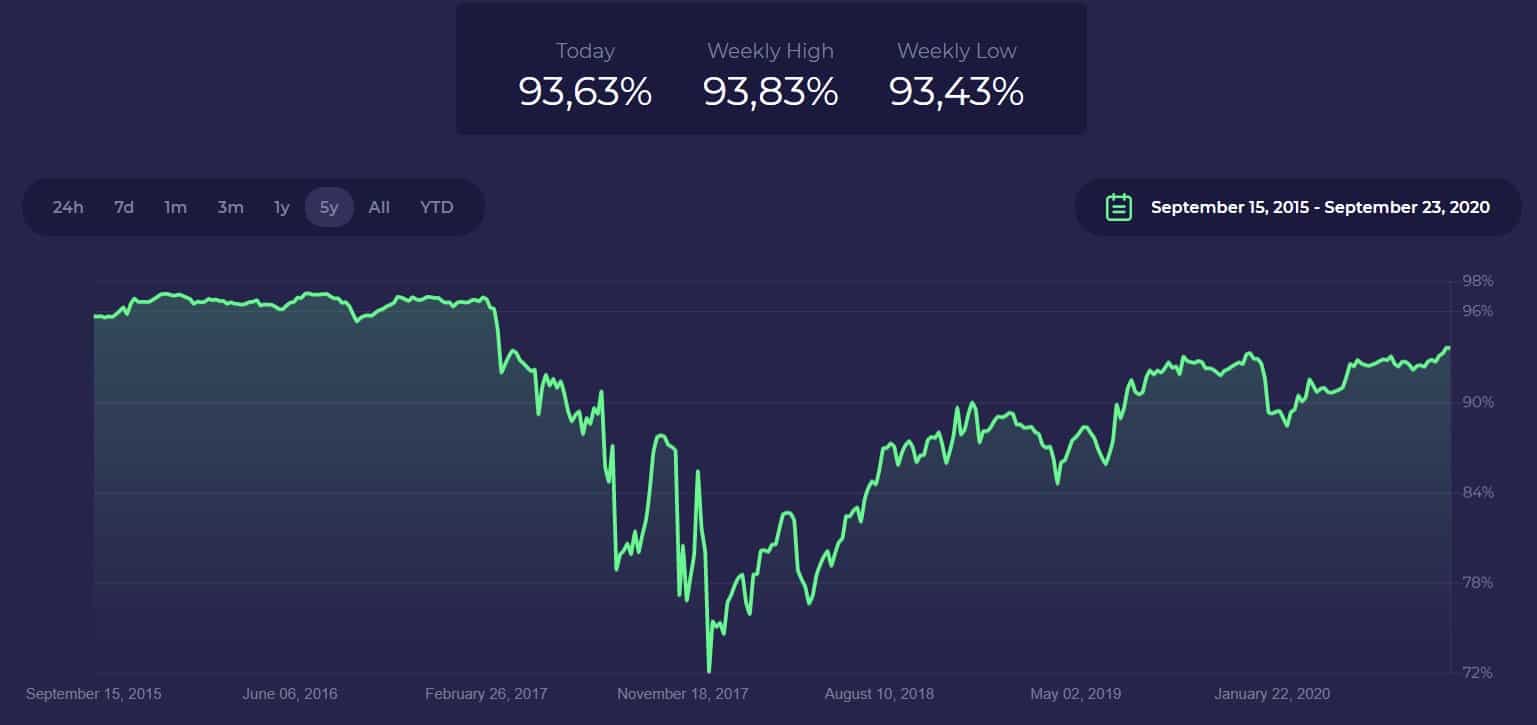MicroStrategy’s recent purchase of $425 million worth of Bitcoin rapidly grasped the community’s attention. More specifically, people wonder if, what, or how much was the impact on BTC’s price and different theories emerge frequently.
Take-One: MicroStrategy Buys BTC
The large NASDAQ-listed company providing business intelligence, mobile software, and cloud-based services purchased its first batch of $250 million worth of Bitcoin in August. Merely a month later, MicroStrategy doubled-down on its investment by buying $175 million more of BTC.
Along with the massive purchase, the company’s founder and CEO, Michael Saylor, completed a one-eighty transformation. Back in 2013, he predicted (wrongly) Bitcoin’s death, while in 2020, he named the primary cryptocurrency a “legitimate investment asset.”
Since then, Saylor has continued highlighting BTC’s merits. In fact, he may have become a Bitcoin maximalist. Just yesterday, he outlined a major difference between “crypto-asset networks like Bitcoin” and “crypto-application networks like Ethereum and stablecoins.”
Moreover, he posted a chart of the “real Bitcoin dominance index,” displaying 93.5%. This is the metric reviewing BTC’s market share compared to all other proof-of-work-based cryptocurrencies attempting to serve as money.

Take-Two: Price Speculations Begin
Following such a sizeable purchase from a Wall Street trading company, the community began speculating regarding potential price effects. After all, MicroStrategy bought nearly 0.2% of all bitcoins to ever exist in just a month.
However, BTC’s price remained relatively calm. There were no sharp spikes or breakdowns. Or, maybe only on the surface. According to popular on-chain market analyst Willy Woo, Bitcoin increased by 6.4% ($700.)
Nevertheless, he believes that BTC is in an era of “speculative trading dominance on unregulated derivatives markets” and “inorganic” swings of $4,000 are achievable by whales. In contrast, a $700 up-movement by an “organic spot buy will be lost in technical short term charts.”
Later on, FTX CEO Sam Bankman-Fried estimated that the price impact over a few days would be around 5%. However, he noted that “if you are not looking for it, you’d miss it. If you *are* looking for it, it’s obvious, though.” He based his math on previous outcomes from sharp price drops, including the mid-March sell-offs.
3) what if you do it slowly during a quieter time?
Well, one quick and dirty estimate: impact ~ daily vol * sqrt(size / ADV).
Here, that’s roughly 1% * sqrt($400m/$10b) or so; so maybe like 1% * 20% =….
….0.20%?
That’s 100x lower!
— SBF (@SBF_Alameda) September 20, 2020
Take-Three: The ‘What Could Have Been’ Angle
While most of the community focuses on whether or not BTC increased in value, a popular Bitcoin proponent Pierre Rochard broached another angle.
“The biggest problem in economics is that we can’t see the counter-factual, where Saylor did not buy, and the price is $9,000 today.”
Meaning that there’s no way to know what could have happened if MicroStrategy’s CEO hadn’t bought 0.18% of BTC’s total supply in a month. Additionally, the precise timing of the purchases is still unclear, making it rather difficult to draw definitive conclusions.
Click here to start trading on BitMEX and receive 10% discount on fees for 6 months.
The post appeared first on CryptoPotato






